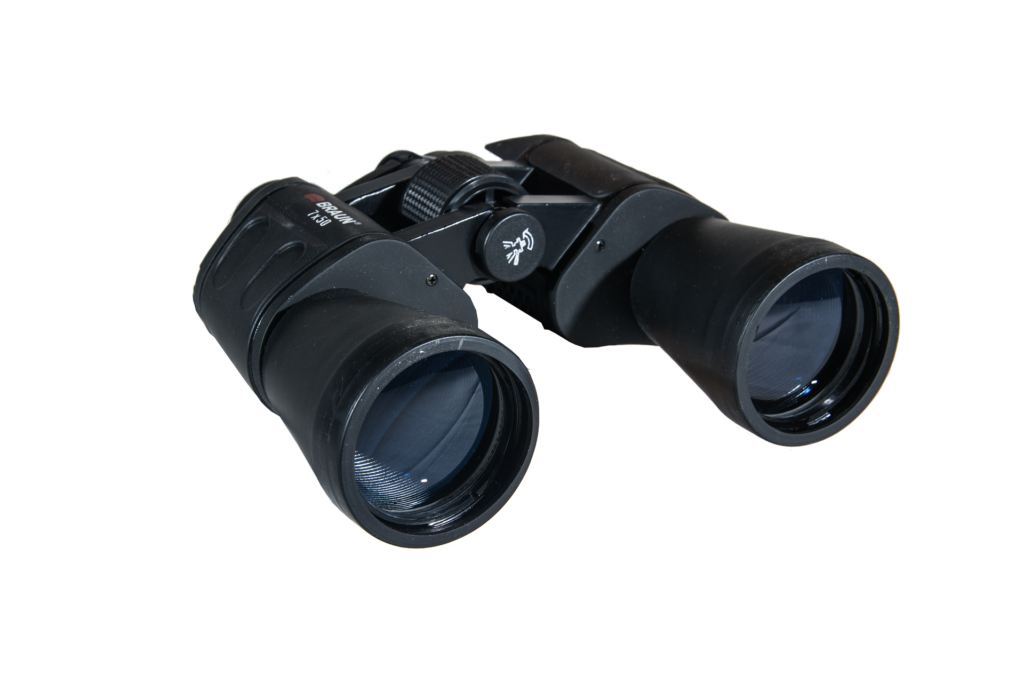Looking for Love (and Strategy) in All the Wrong Places!
 I’m a fan of looking for examples of great strategy and leadership in unusual places. Although I focus on for-profit business leaders, I’ve seen some great examples from other venues such as the Girl Scouts and the United States Marine Corps.
I’m a fan of looking for examples of great strategy and leadership in unusual places. Although I focus on for-profit business leaders, I’ve seen some great examples from other venues such as the Girl Scouts and the United States Marine Corps.
A recent story on NPR caught my attention. Ogden, Utah, has the highest percentage of middle class people in the country. In other words, “income inequality” is low. In the early 1900s, it had more millionaires per capita than anywhere else in the United States. I, like many of you, am concerned about income inequality, but I believe that most of the antidotes are ridiculous and dangerous to capitalism. But I digress. …
The story explores why Ogden was successful on this measure, and lo and behold: It’s because the city planned to and took action to get there! Son of a gun …
Like many long prospering companies, Ogden had a tsunami that took it down. (Unlike companies, it had the ability to tax so didn’t disappear.) It depended on the railroad, and the interstate highway system plucked its golden goose. Four decades of misery followed. A definite turnaround situation!
According to Mayor Mike Caldwell, Ogden chose to focus on three things to build a healthy economy: tourism (leveraging the surrounding environment), manufacturing (leveraging an existing core competency in the community) and aerospace (leveraging an existing Air Force base).
There are some interesting lessons for business leaders here. The first one is unfortunate. It usually takes significant misery (and a change in leadership) to consider a change in direction. This shouldn’t be the case! But it is. Not many of us are predisposed to change until the brick wall is in front of us. At that point, if my high school math skills are still intact, you have no choice but to take a 90 degree or greater turn at high speed. Better to turn 10 degrees when you fist see the wall on the horizon!
The second lesson from Ogden is to catalog and use your available assets. In the city’s case, it was the surrounding terrain (from personal experience, damn good skiing at Snowbasin!), a set of skills already resident in the community (manufacturing) and a ready-built partner (Hill Air Force Base). No need to start from scratch! I bet, however, that some in the community said, “Let’s build casinos!” or “Let’s replicate Silicon Valley and push software!” without thought for the skills and assets required. The grass is always greener. …
The third thing I take away is a long-term view with a sustainable business model. The economy’s downturn didn’t wipe out the city again because tourism was only one aspect of the strategy. We know that companies that try to have too broad of a product line usually don’t do well, but having a business model that will weather inevitable headwinds is critical.
The last takeaway is that it built supporting infrastructure. For example, the local college offers a six-month certificate program allowing graduates a path into the manufacturing environment.
Long-term view, clear strategy, leveraging existing assets, building supporting systems. Sounds like a well-run business — love it!

coaches CEOs to higher levels of success. He is a former CEO and has led teams as large as 7,000 people. Todd is the author of, Never Kick a Cow Chip On A Hot Day: Real Lessons for Real CEOs and Those Who Want To Be (Morgan James Publishing).
Connect with Todd on LinkedIn, Twitter, call 303-527-0417 or email [email protected].
